The Egyptian Mau: A Living Pharaoh’s Treasure
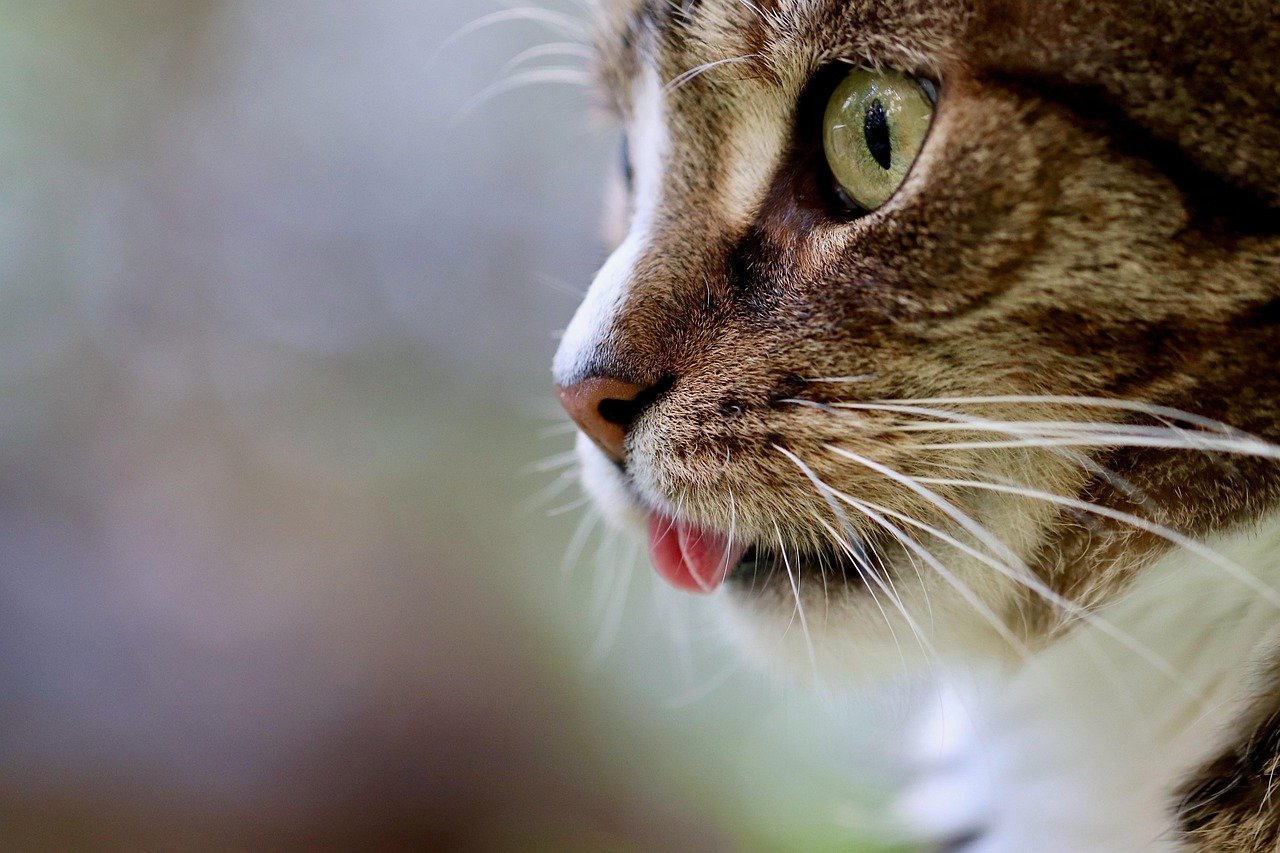
Imagine walking through an ancient Egyptian tomb and seeing hieroglyphs of cats that look exactly like the feline sitting in your living room today. The Egyptian Mau is literally a living piece of history, with DNA evidence showing this breed has remained genetically unchanged for over 3,000 years. These spotted beauties were so revered in ancient Egypt that killing one was punishable by death.
What makes the Egyptian Mau truly extraordinary is their natural spotted coat pattern – they’re the only domestic cat breed with naturally occurring spots. Their hind legs are longer than their front legs, giving them an almost regal posture that ancient Egyptians associated with divine grace.
The Abyssinian: Africa’s Ancient Hunter

The Abyssinian cat carries the wild spirit of ancient Africa in every fiber of their being. Archaeological evidence suggests these cats roamed the highlands of Ethiopia and Egypt over 4,000 years ago, hunting alongside early human civilizations. Their distinctive ticked coat, where each hair has multiple bands of color, creates a shimmering effect that helped them blend into the African landscape.
These cats possess an almost supernatural agility that their ancestors needed to survive in the wild. Modern Abyssinians can leap up to six feet vertically – a skill that helped their ancient counterparts escape predators and catch birds in flight.
The Norwegian Forest Cat: Viking Warriors of the North
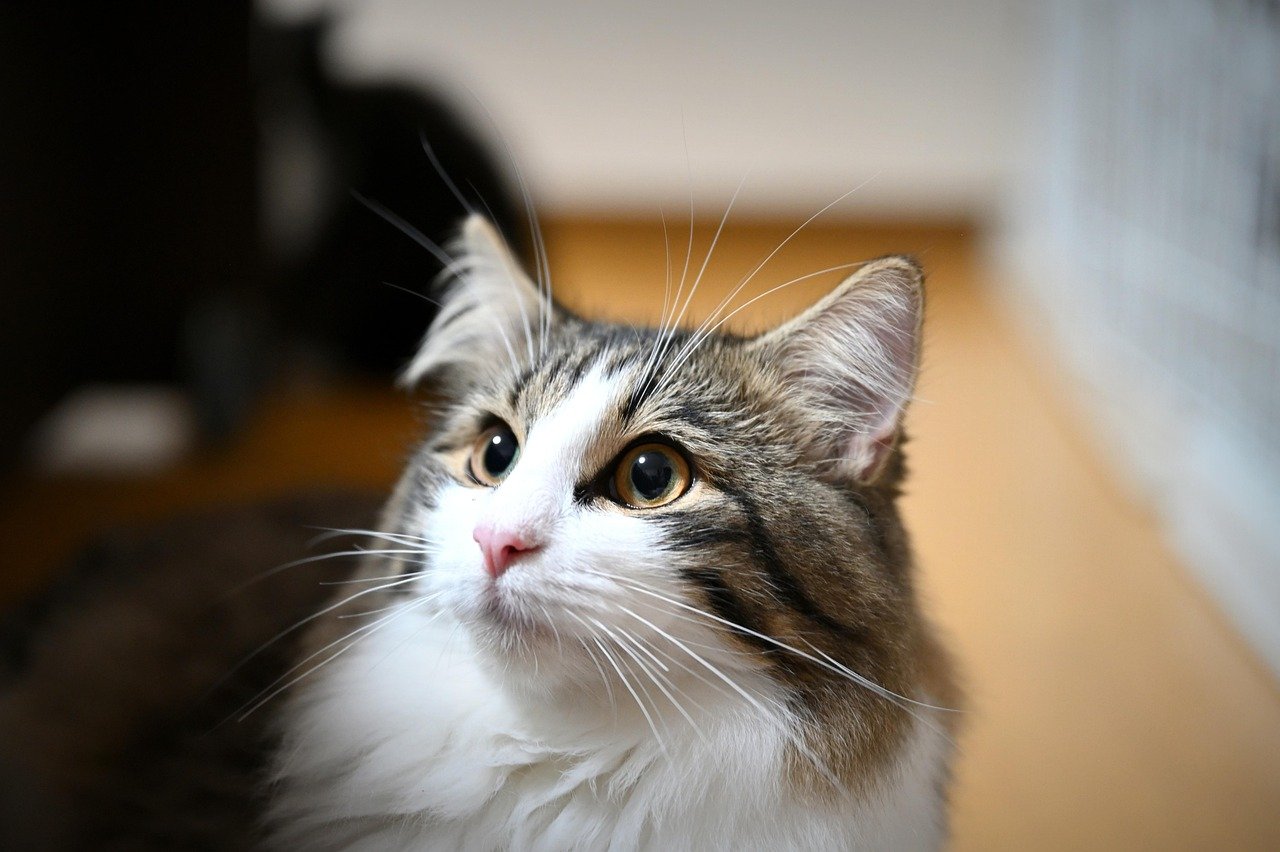
Long before Vikings sailed the seas, massive, fluffy cats prowled the forests of Scandinavia. The Norwegian Forest Cat, or “Wegie” as enthusiasts call them, has been genetically stable for over 1,000 years. These cats were so integral to Norse culture that they appear in ancient mythology as the cats that pulled the goddess Freyja’s chariot across the sky.
Their double-layered coat and powerful build aren’t just for show – these features helped them survive brutal Scandinavian winters. Modern Norwegian Forest Cats still possess the climbing abilities of their ancestors, capable of descending trees headfirst like squirrels.
The Japanese Bobtail: The Lucky Cat of Ancient Japan

The Japanese Bobtail’s distinctive pom-pom tail isn’t a modern breeding quirk – it’s an ancient genetic trait that has remained unchanged for over 1,500 years. These cats arrived in Japan around 600 AD and quickly became symbols of good fortune. Their unique tail, which resembles a rabbit’s more than a typical cat’s, was considered a mark of divine blessing.
Ancient Japanese art depicts these cats in temples and imperial palaces, where they were believed to ward off evil spirits. The famous “Maneki Neko” or beckoning cat figurines are modeled after Japanese Bobtails, spreading their image of good luck worldwide.
The Siberian: Russia’s Ancient Forest Guardian

In the vast Siberian wilderness, where temperatures can drop to -40°F, one cat breed has thrived unchanged for over 1,000 years. The Siberian cat developed their massive size and triple-layered coat through centuries of natural selection in one of Earth’s harshest environments. These cats were so valued by Russian farmers that they were often used as currency in trade agreements.
What’s remarkable about Siberians is their dog-like loyalty and intelligence, traits that helped them work alongside humans in remote settlements. They’re also naturally hypoallergenic, producing less of the Fel d 1 protein that triggers allergies – a genetic advantage that has remained constant throughout their history.
The Genetic Time Capsule: How These Breeds Survived
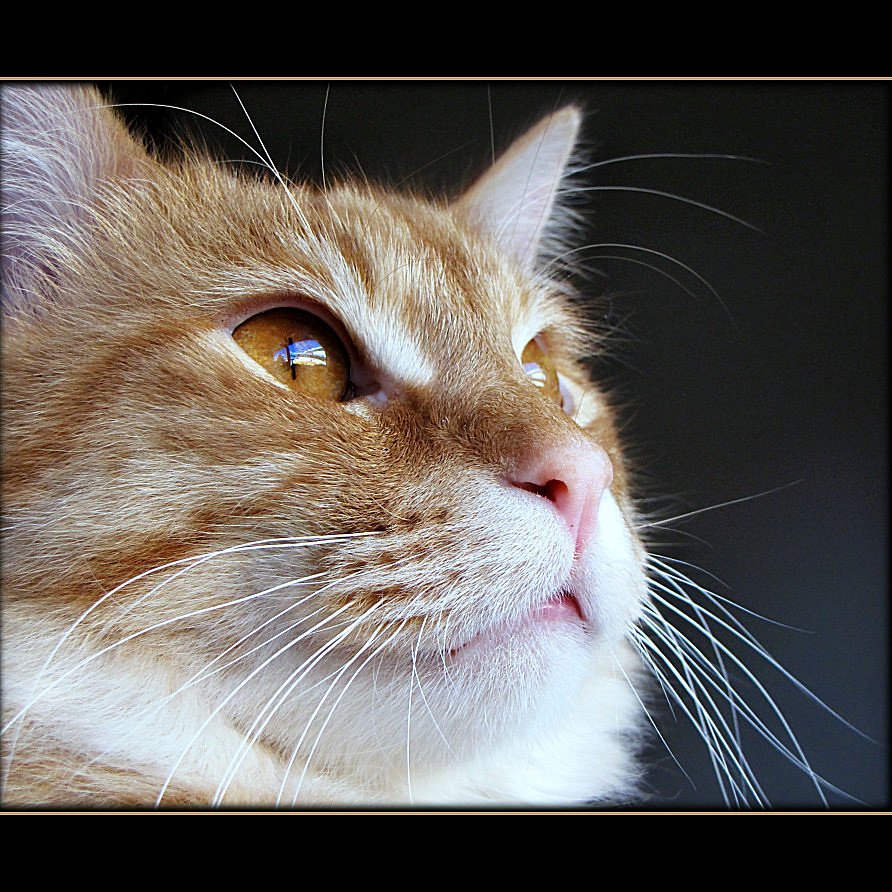
Unlike many modern cat breeds that result from selective breeding programs, these ancient breeds survived through natural selection and geographic isolation. Their genetic stability over millennia is actually quite rare in the animal kingdom. Most domestic animals show significant genetic drift over just a few hundred years, but these cats have maintained their original traits through pure environmental adaptation.
Climate and geography played crucial roles in preserving these breeds. The harsh conditions of Siberia, the isolation of Japanese islands, and the stable climate of Egypt all contributed to maintaining these cats’ genetic integrity over thousands of years.
Ancient Survival Skills Still Present Today
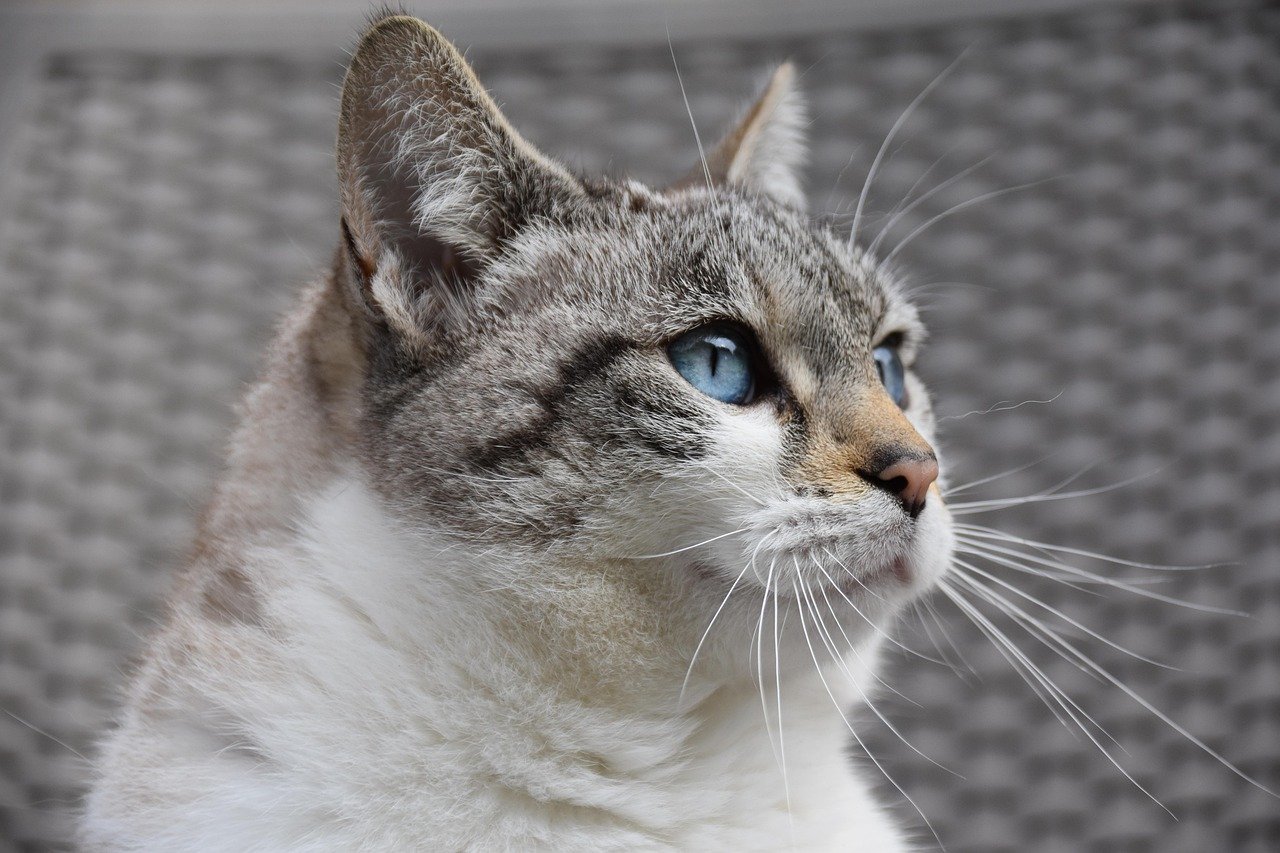
These ancient breeds didn’t just preserve their looks – they retained remarkable survival instincts that modern house cats often lack. Egyptian Maus can run up to 30 mph, faster than any other domestic cat breed. Norwegian Forest Cats instinctively know how to fish and can survive entirely on wild game if necessary.
Japanese Bobtails demonstrate pack-hunting behaviors rarely seen in other domestic cats, while Siberians can predict weather changes hours before they occur. These aren’t learned behaviors but genetic memories passed down through countless generations.
The Role of Human Civilization in Preservation

Interestingly, human civilization helped preserve these breeds not through breeding programs but through cultural reverence. Ancient Egyptians mummified their cats, ensuring genetic lines continued. Vikings brought Norwegian Forest Cats on long voyages, spreading their genes across northern Europe while maintaining breed purity.
Japanese temples kept detailed records of their cats, inadvertently creating breeding registries centuries before modern cat associations existed. This cultural importance often protected these breeds from the genetic dilution that affected other domestic animals.
Modern DNA Testing Reveals Ancient Secrets

Recent genetic testing has revealed fascinating insights about these ancient breeds. The Egyptian Mau’s DNA shows virtually no change from mummified cats found in 3,000-year-old tombs. Siberian cats share genetic markers with wild cats from the same region, suggesting minimal human interference in their development.
Perhaps most surprisingly, these ancient breeds show greater genetic diversity than many modern breeds, making them healthier and more robust. Their natural evolution created cats that were perfectly adapted to their environments without the genetic bottlenecks common in contemporary breeding programs.
Why These Breeds Matter Today
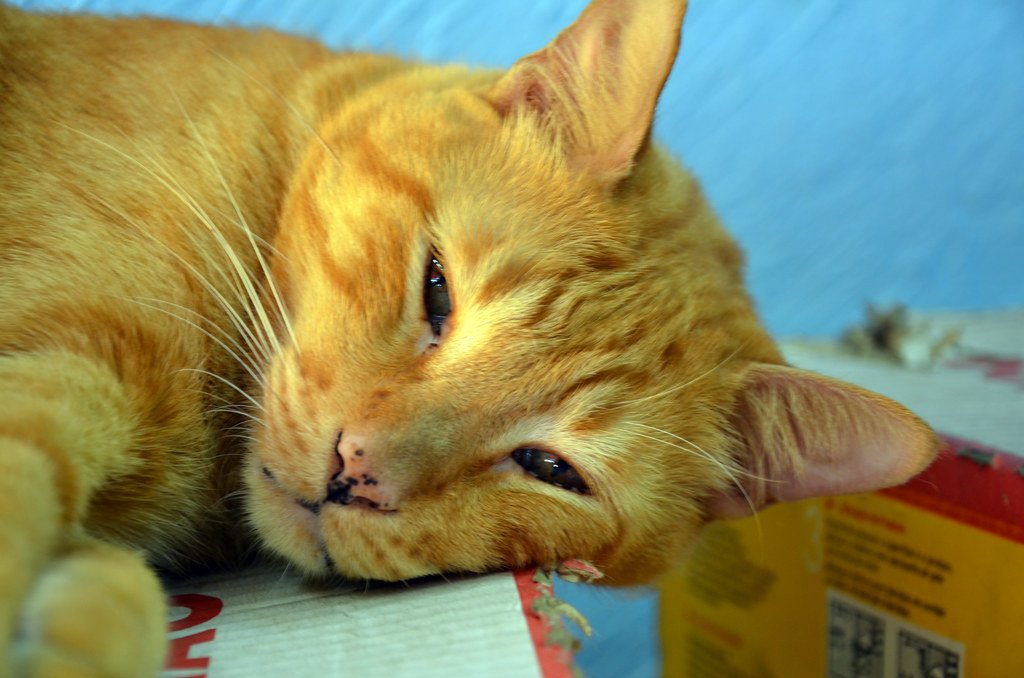
These ancient cat breeds represent living libraries of feline evolution and adaptation. They carry genetic information that could be crucial for understanding cat health, behavior, and evolution. Unlike modern breeds that often suffer from genetic disorders due to inbreeding, these ancient cats maintain the robust health of their wild ancestors.
For cat lovers, owning one of these breeds means sharing your home with a piece of living history. Every purr, every hunt, every display of affection connects you to thousands of years of human-cat partnership that shaped civilizations across the globe.
The Future of Ancient Breeds

As our world becomes increasingly connected, these ancient breeds face new challenges. Crossbreeding with modern cats threatens their genetic purity, while climate change affects their traditional habitats. Conservation efforts now focus on maintaining breed registries and protecting these living treasures for future generations.
Remarkably, these cats continue to thrive in modern homes while retaining their ancient characteristics. They prove that sometimes the oldest solutions are still the best – thousands of years of natural selection created cats that are perfectly suited to life alongside humans.
Conclusion
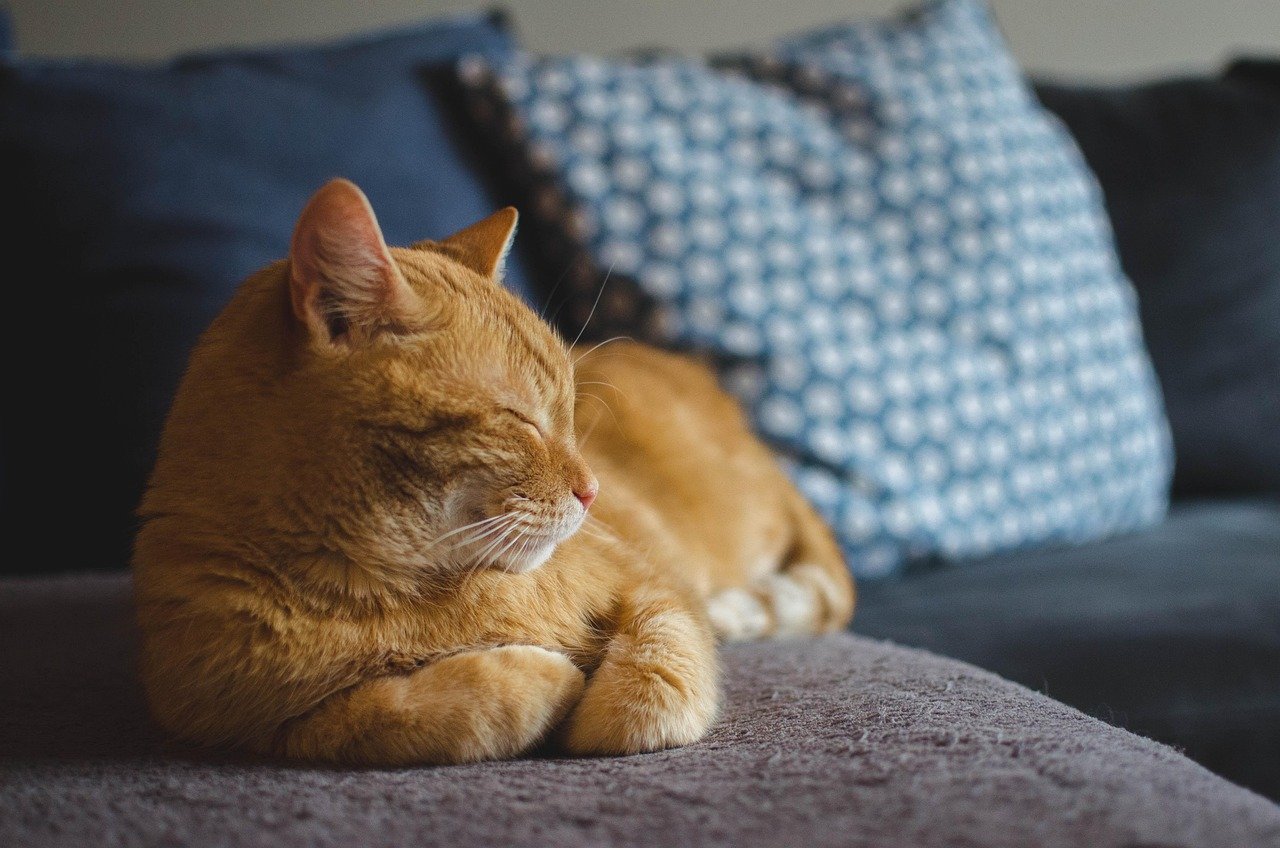
These five ancient cat breeds offer us a unique window into the past, showing us what cats were like before humans began deliberately shaping their evolution. They remind us that the partnership between humans and cats is truly ancient, spanning millennia and crossing continents. Each breed carries within their DNA the story of human civilization itself.
The next time you see one of these magnificent cats, remember that you’re looking at a living piece of history. Their unchanged genetics tell stories of pharaohs and Vikings, of temple guardians and forest hunters. Which of these ancient feline time travelers would you choose to share your home with?
Hi, I’m Bola, a passionate writer and creative strategist with a knack for crafting compelling content that educates, inspires, and connects. Over the years, I’ve honed my skills across various writing fields, including content creation, copywriting, online course development, and video scriptwriting.
When I’m not at my desk, you’ll find me exploring new ideas, reading books, or brainstorming creative ways to solve challenges. I believe that words have the power to transform, and I’m here to help you leverage that power for success.
Thanks for stopping by, Keep coming to this website to checkout new articles form me. You’d always love it!






